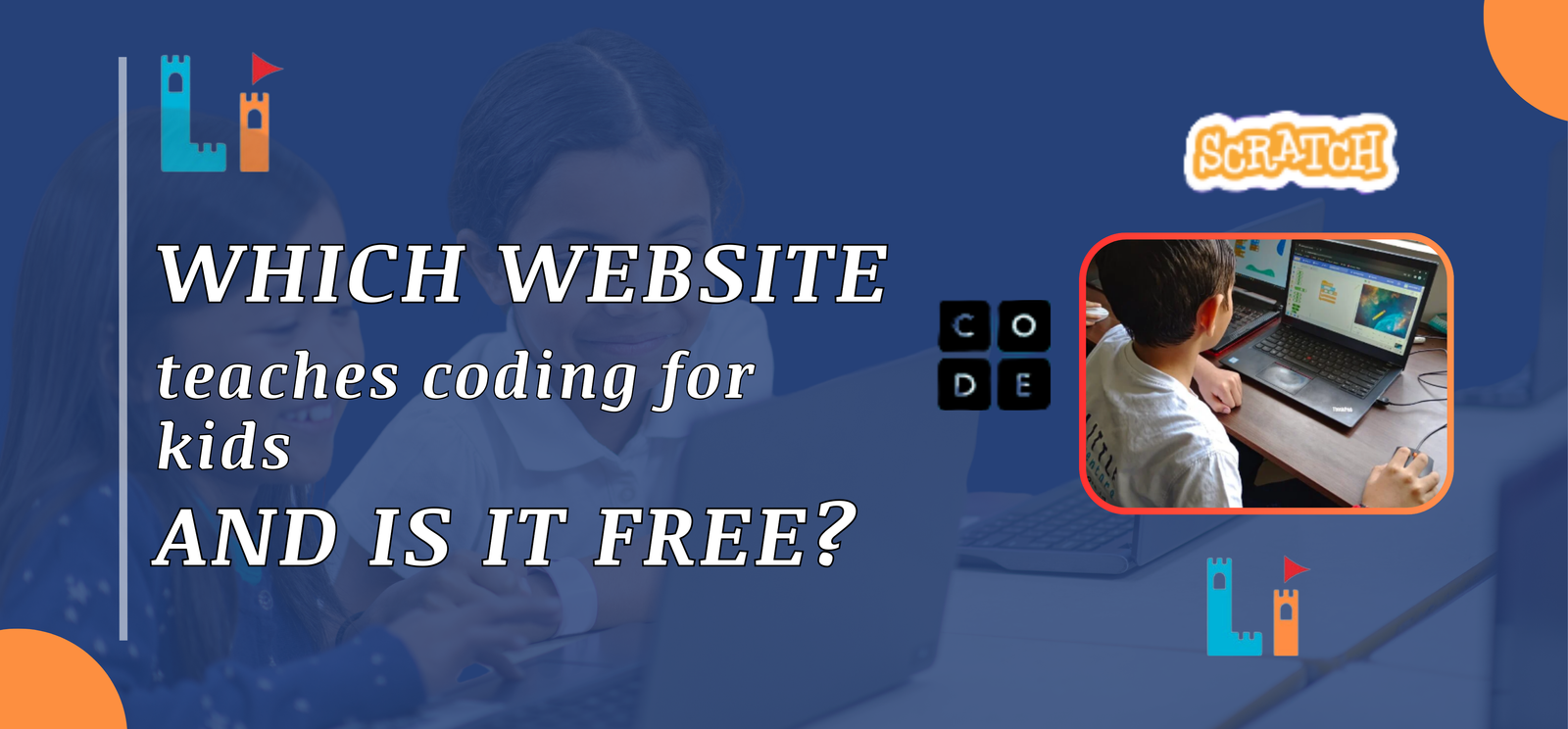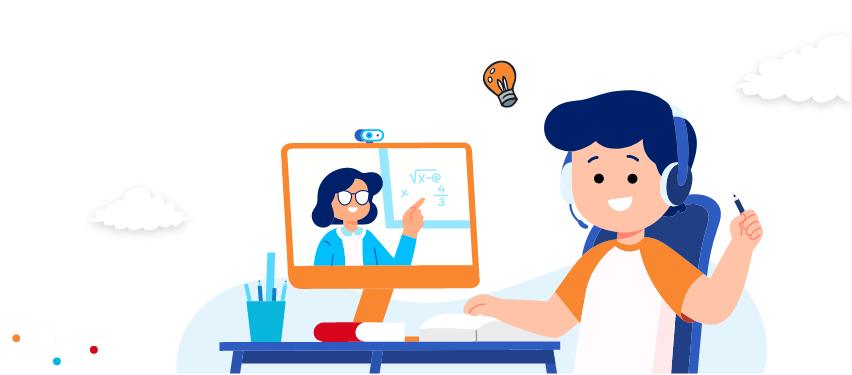In today’s rapidly evolving digital landscape, coding has become a critical skill for the future. Children as young as five are now venturing into the world of programming, equipped with platforms designed to make coding both fun and educational. Gone are the days of rote learning; kids today explore coding through interactive challenges, gamified lessons, and real-world projects. If you’re wondering where to start, we’ve got you covered. Check out this comprehensive Programming in Scratch for Kids course by Little Inventors. It’s designed to make learning coding engaging and impactful through hands-on projects and advanced, free resources.
Why Coding for Kids is Transformative
The significance of coding goes beyond career preparation. It fosters creativity, logical thinking, and resilience. Advanced coding platforms today incorporate trending technologies such as Artificial Intelligence (AI), Internet of Things (IoT), and Blockchain, enabling kids to experiment with real-world applications. These platforms focus not just on theory but on project-based learning, preparing children to tackle modern challenges innovatively.
Top Free Platforms for Coding
1. Scratch (scratch.mit.edu)
- Best For: Beginners and visual learners.
- Unique Feature: Drag-and-drop interface.
- Advanced Edge: Scratch now supports extensions like AI blocks, enabling kids to create games or animations powered by simple machine learning models.
- Real-Time Project Idea: Build an AI-driven quiz game where players receive customized feedback based on their answers.
2. Code.org
- Best For: Gamified coding challenges.
- Unique Feature: Hour of Code activities.
- Advanced Edge: Integrates lessons on AI, data science, and app development.
- Real-Time Project Idea: Design a traffic control simulation using basic AI to predict and manage congestion.
3. Little Inventors (littleinventors.in)
- Best For: Real-world problem-solving and creativity.
- Unique Feature: Focuses on innovation-driven learning.
- Advanced Edge: Offers curated challenges and competitions for budding inventors.
- Real-Time Project Idea: Develop an IoT-enabled device prototype to monitor air quality in urban spaces.
4. Replit
- Best For: Intermediate and advanced coders.
- Unique Feature: Collaborative coding environment.
- Advanced Edge: Allows real-time collaboration, similar to Google Docs for coding.
- Real-Time Project Idea: Create a web-based portfolio using HTML, CSS, and JavaScript, featuring AI-generated animations.
5. GitHub Codespaces
- Best For: Advanced learners ready to dive into professional coding.
- Unique Feature: Cloud-based coding environment.
- Advanced Edge: Kids can work on open-source projects alongside seasoned developers.
- Real-Time Project Idea: Contribute to an open-source sustainability project, such as designing an algorithm for waste segregation.
Advanced Concepts Kids Can Explore
1. Artificial Intelligence (AI)
Platforms like Scratch and Code.org now offer beginner-friendly AI modules. Kids can create basic models, such as chatbots or recommendation systems, sparking interest in machine learning.
2. Internet of Things (IoT)
IoT opens up possibilities for kids to merge hardware and software. Projects like a smart plant watering system or a home automation prototype are excellent starting points.
3. Game Development
Using Unity or Godot (both offer free beginner plans), kids can design 2D or 3D games. Projects like multiplayer racing games or virtual treasure hunts make coding exciting and relevant.
4. Blockchain Basics
For older kids, platforms like Replit provide templates to create blockchain-based applications, such as a secure voting system or a digital token marketplace.
Making Learning Engaging: Real-Time Project Ideas
- AI-Powered Chatbot: Using Scratch’s AI extensions or Python libraries like ChatterBot, kids can build a chatbot that answers frequently asked questions.
- IoT Weather Station: Combine Arduino with Python to create a DIY weather monitoring system that sends real-time data to a web app.
- Educational Game: Design a trivia game with Code.org where players unlock levels by answering math or science questions correctly.
- Digital Art Gallery: Create a web-based platform to showcase digital art, complete with interactive features and animations.
- Sustainability Tracker: Develop an app to track and visualize energy usage or carbon footprint over time.
FAQs
1. What is the right age to start coding?
Kids as young as five can begin learning coding concepts through visual programming platforms like Scratch. As they grow, they can transition to text-based coding.
2. Are free platforms as effective as paid ones?
Yes! Many free platforms offer high-quality lessons and resources. The key is to choose one that aligns with your child’s interests and skill level.
3. How much time should kids spend on coding?
30 minutes to 1 hour per day is ideal, ensuring a balance between learning and other activities.
4. Can coding help with subjects like math or science?
Absolutely. Coding often involves logical reasoning, problem-solving, and data analysis, all of which are integral to STEM subjects.
5. What if my child loses interest?
Incorporate projects related to their hobbies, such as creating a game, designing art, or building a gadget. Keep the experience fun and rewarding.
Conclusion
Learning to code can be an exciting journey for kids, especially with the right tools and guidance. Free platforms like Little Inventors, Scratch, and Code.org are transforming the way children approach technology, making it more interactive and future-focused. By exploring advanced concepts and engaging in real-time projects, kids not only build coding skills but also develop a mindset for innovation. Start your child’s coding adventure today and watch them create wonders!

